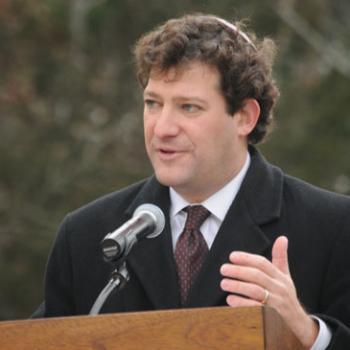By David Mahfouda Parashat Shemini (Leviticus 9:1-11:47) Last spring I taught a class about creative practice and Jewish practice. The last session in the series was about Shema—about the ways in which our own creativity stems from our ability to listen deeply and direct attention. The class’s working definition of listening was heavily influenced by Jenny Odell’s How to Do Nothing, in which she lifts up Franco Berardi’s distinction between ‘connectivity’ and ‘sensitivity.’ Connectivity is the rapid circulation of information among compatible units—an... Read more

















Sensing and Making Sense
By Jessica Spencer Parashat Tazria-Metzora (Leviticus 12:1-15:33) Our bodies, with their many sensations, their flaws and flows, are hard to understand. They form both our public selves and our most private parts. Parashat Tazria-Metzora offers us two different models of how to make sense of our bodies. What can we learn from the Torah of skin diseases and discharges? What can we intuit? In Leviticus 13, we encounter graphic descriptions of skin markings: וַיְדַבֵּר יְהֹוָה אֶל־מֹשֶׁה וְאֶל־אַהֲרֹן לֵאמֹר׃ אָדָם כִּי־יִהְיֶה בְעוֹר־בְּשָׂרוֹ שְׂאֵת אוֹ־סַפַּחַת אוֹ... Read more